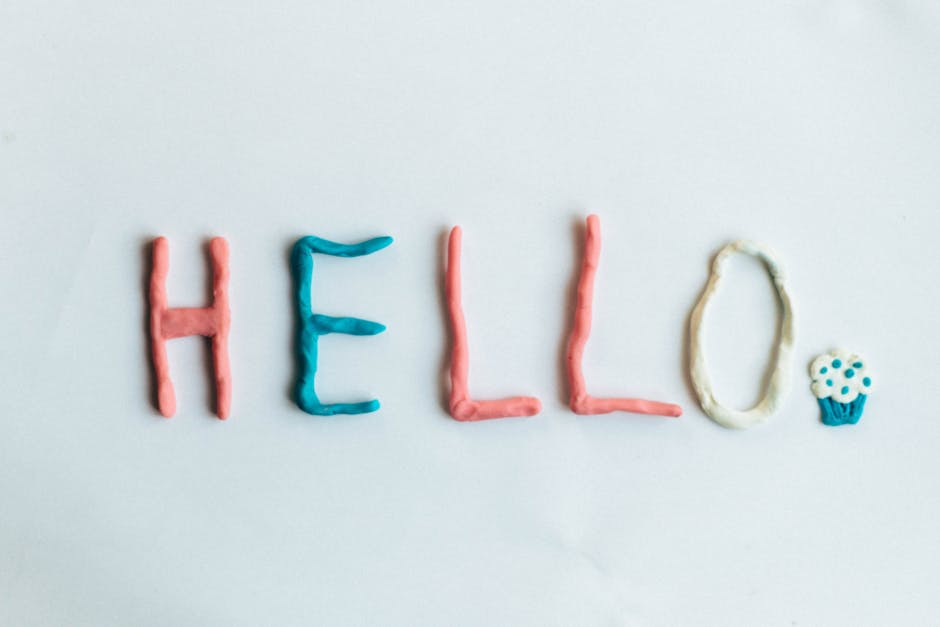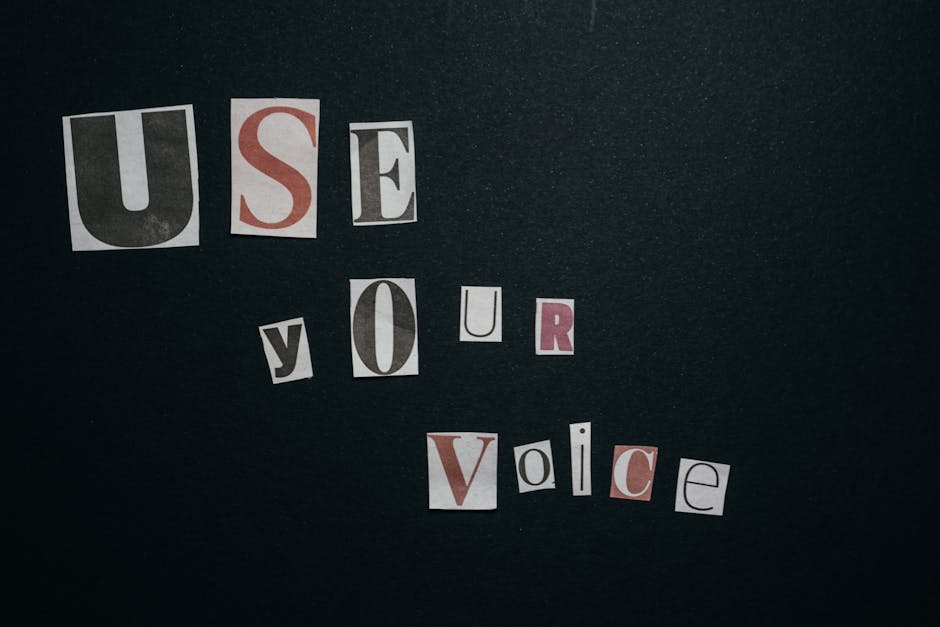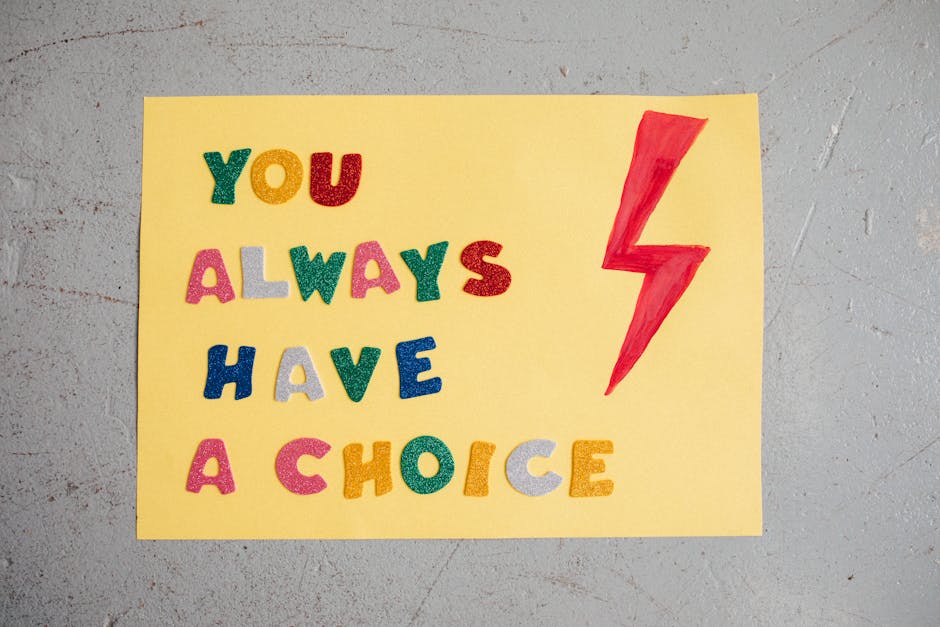Crafting Your Unique Artistic Message
Have you ever looked at a piece of art and felt an instant connection? that’s the power of a unique artistic message. It speaks volumes about the artist, their vision, and the emotions they want to share. But how do you find and craft your own message? Lets dive in!
What Is an Artistic Message?

Your artistic message is the core idea or feeling behind your work. it’s what you want your audience to take away from your art. Think of it as the story behind the colors, shapes, and forms you choose. Whether you’re a painter, sculptor, or digital artist, your message can shine through.
For example, consider a painting of a stormy sea. The artist might want to convey feelings of chaos or struggle. On the other hand, a serene beach scene might express peace and tranquility. Both messages are clear, but they evoke different emotions.
Why Is It Important to Have a Unique Artistic Message?

In a world filled with art, having a distinct message helps you stand out. It gives your work depth and makes it memorable. Here are some key reasons why your artistic message matters:
- Connection: A strong message resonates with viewers. It creates an emotional bond.
- Identity: Your message reflects who you are as an artist. It shapes your brand.
- Impact: Art can inspire change. A powerful message can influence thoughts and feelings.
Think about famous artists like Frida Kahlo. Her pain and personal experiences shaped her work. Today, her unique message continues to inspire many. What will your message say?
How Can You Find Your Unique Artistic Message?

Finding your unique message takes time and reflection. Here are some steps to guide you:
1. Reflect on Your Experiences
Start by thinking about your life. What experiences have shaped you? What themes keep appearing in your work? Maybe you focus on nature, family, or cultural heritage. These themes can lead to a deeper message.
2. Explore Your Interests
What are you passionate about? Your interests can guide your message. If you love social justice, your art might focus on activism. If you’re drawn to history, you might explore historical themes.
3. Experiment and Create
don’t be afraid to try new things. Create various works that express different ideas. As you experiment, pay attention to what feels right. Which pieces resonate with you and others? Your artistic message will start to emerge.
4. Seek Feedback
Sometimes, others can see what you can’t. Share your work with friends, family, or fellow artists. Ask for their thoughts on what message they perceive. This can provide valuable insights.
What Are Some Common Misconceptions About Artistic Messages?

Many people have misconceptions about what an artistic message should be. Lets clear a few up:
1. It Has to Be Deep and Serious
Not at all! Your message can be light-hearted or whimsical. It doesnt need to tackle heavy topics to be meaningful. Think of cartoonists or comedians who convey powerful messages through humor.
2. You Must Have a Clear Message
Sometimes, ambiguity can be powerful. Viewers can interpret art in many ways. don’t feel pressured to make your message crystal clear. Allow room for personal interpretation.
3. It can’t Change
Your message can evolve over time. As you grow and change, so will your work. Embrace this evolution as part of your artistic journey.
How Do You Communicate Your Artistic Message?
Once youve found your message, it’s time to communicate it effectively. Here are some strategies:
1. Use Visual Elements Wisely
Colors, shapes, and textures can enhance your message. For example, dark colors might convey sadness, while bright colors can evoke joy. Think about how these elements support your story.
2. Include Text and Titles
Sometimes, a title or accompanying text can clarify your message. A thought-provoking title can draw viewers in and encourage them to engage with your work. Consider adding short descriptions for exhibitions or online galleries.
3. Share Your Process
Let your audience in on your creative journey. Share behind-the-scenes photos or videos. This transparency helps them understand your message and connect on a deeper level.
4. Engage with Your Audience
Ask questions and encourage discussions about your work. Social media platforms are great for this! The more you engage, the more your audience will connect with your message.
What Are Some Examples of Unique Artistic Messages?
Here are a few artists known for their unique messages:
- Banksy: This street artist uses humor and irony to comment on politics and society.
- Yayoi Kusama: Her work often explores mental health and infinity. The recurring polka dots symbolize her obsessions.
- Andy Warhol: He blurred the line between high and low culture, challenging the idea of what art can be.
Each of these artists has a unique message that resonates with different audiences. What will yours be?
How Can You Keep Evolving Your Artistic Message?
Art is a journey, not a destination. Here are ways to keep your message fresh and evolving:
1. Stay Open to New Ideas
don’t box yourself in. Be open to new influences, techniques, and ideas. Attend workshops or take classes to expand your skill set.
2. Stay Inspired
Surround yourself with inspiration. Visit galleries, read books, or explore nature. Inspiration can spark new messages in your art.
3. Reflect Regularly
Set aside time to reflect on your work. What have you learned? What themes are emerging? Regular reflection helps you stay connected to your artistic message.
What Are the Key Takeaways for Crafting Your Unique Artistic Message?
In summary, crafting your unique artistic message is a vital part of your journey as an artist. Here are the key points to remember:
- Reflect on your experiences and interests.
- Experiment with different styles and themes.
- Seek feedback to gain new perspectives.
- Use visual elements to enhance your message.
- Engage with your audience to deepen connections.
- Stay open to evolution and new ideas.
Now, go out there and start crafting your unique message! Your art has the power to connect, inspire, and change the world.
For more tips on boosting your creativity, check out this article on Creativity at Work.



